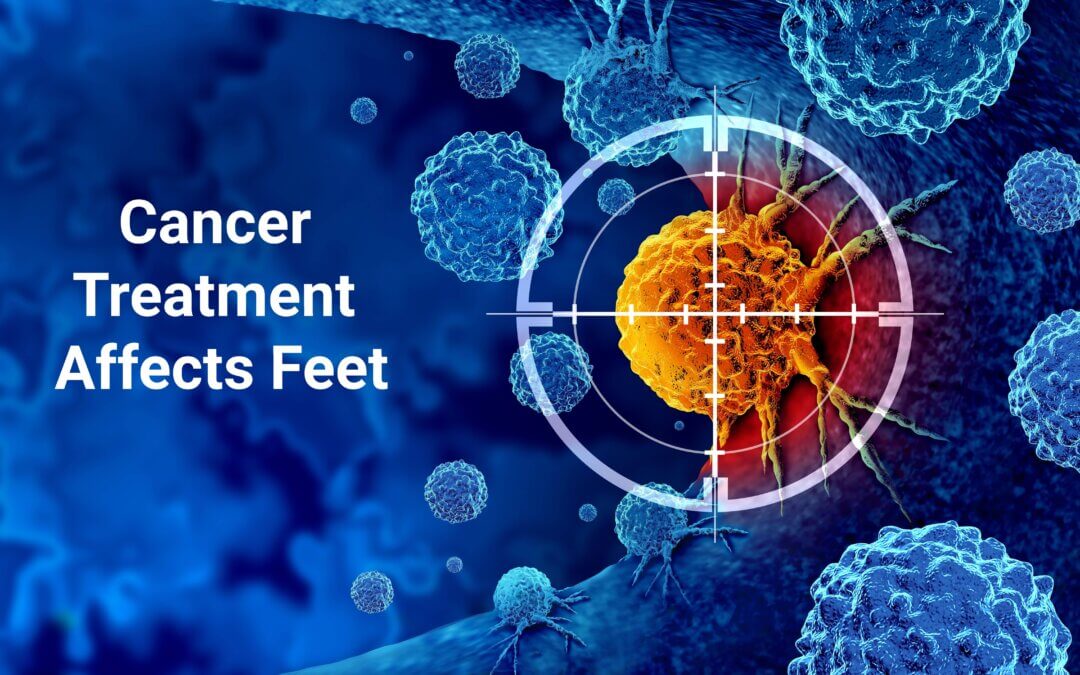Five conditions in feet caused by cancer treatment
- Welcome to this article covering conditions associated with cancer treatment that impact on feet.
- This article will highlight five potential side effects and provide links to supplementary articles providing further helpful information. READ MORE… CLICK HERE
Thanks for reading ‘Five Conditions in Feet caused by Cancer Treatment’ by Afni Shah-Hamilton

Published by Busypencilcase Reflective Communications Est. 2015

Recent Comments